I’ve tried it all—concrete tops, reclaimed wood, glass insets, even a wild experiment with terrazzo and resin. But I always come back to one thing: live edge wood and epoxy. There’s just something about that combination. It doesn’t try too hard. It doesn’t need to. Here’s why this style keeps pulling me back in—and why I’m still learning from every single build.

What Is It About Live Edge That Just Works?
Nature’s original design — not a straight line in sight
Live edge slabs don’t follow the rules. They curve, dip, and twist however the tree grew. And that’s the point—every one tells a different story.
No two slabs are ever the same
You can have ten walnut slabs in your shop, and each one still feels totally different. That individuality is what makes live edge epoxy tables feel more like sculpture than furniture.
Wood with personality: knots, burls, weird color streaks
I love working with slabs that are a little “flawed.” Weird spalting. Wild burl clusters. A knot right where you don’t expect it. Resin gives those flaws a spotlight instead of covering them up.

And Resin? It’s the Bridge Between Raw and Refined
Resin doesn’t hide the wood — it highlights it
The best pours don’t overpower the slab. They frame it. A clear or tinted resin line down the middle lets the wood shine while still making a statement.
Endless creativity: clear, tinted, ocean waves, metallic swirls
I’ve poured:
- Crystal-clear rivers
- Deep black swirls
- Ocean wave textures with layered foam — like in this ocean-inspired build
- Bright, bold pigments for more modern pieces
It never gets boring.
It's what turns “cool wood” into a statement piece
Wood is warm. Resin adds edge. Together, they feel bold, intentional, and just a little bit rebellious in a room full of plain furniture.

The First Live Edge Resin Table I Made — And What I Learned the Hard Way
Spoiler: I didn’t seal the slab and paid for it in bubbles
That pour looked perfect for the first 20 minutes. Then bubbles started rising—dozens of them. The slab was still breathing, and I hadn’t sealed it.
Used cheap resin, overheated the pour, warped the whole piece
I tried to torch the bubbles out, overheated the resin, and it pulled from the sides. The slab warped. The finish dulled. But I still loved it.
Still one of my favorite builds — because it taught me everything
That table never sold. I kept it in my studio for two years. It reminded me what epoxy can do—and what not to do again. You can read more about some of the issues I’ve run into in this post on epoxy table problems.

Why Clients Keep Asking for This Combo
Resin feels modern — wood feels timeless
It’s the contrast. A high-gloss black resin river down the middle of a warm walnut slab feels balanced. Grounded and modern at the same time.
Works in rustic cabins and sleek downtown lofts
I’ve placed live edge epoxy tables in:
- Ski lodges
- High-rise condos
- Beach houses
- Art studios
They adapt without losing personality. One of my favorite examples is this living room table I kept for years.
You can personalize it without going full “Pinterest craft project”
People love adding a subtle tint, an inlay, or even personal elements—but the final result still feels elevated, not overdesigned. You can see some wild (but tasteful) ideas in this roundup of designs I’ve actually tried.

Not All Live Edge Wood Is Created Equal (Here’s What I Look For)
Species I trust: black walnut, maple burl, monkeypod
- Black walnut: deep tone, gorgeous grain, stable
- Maple burl: wild texture, looks amazing with clear resin
- Monkeypod: lighter tone, perfect for coastal vibes
Avoiding slabs with hidden rot or unstable cracks
- Always check for soft spots
- Stabilize cracks with bowties or thin resin pours
- Make sure the slab is dry, not just “looks dry”
How to prep it right: flattening, sealing, drying matters
- Moisture content under 10%
- Seal coat on both sides
- Flattened to within 1/16" across the surface
Want to Build One Yourself? Here’s What I Wish I Knew
Don’t skimp on your epoxy — quality shows fast
Cheap epoxy will yellow, crack, or turn cloudy. I only use UV-stable deep pour resin now. If you're curious what actually worked for me, this breakdown of resin types is worth checking out.
Form building matters more than you think
If your mold isn’t square and sealed like a vault, you’ll be chasing leaks mid-pour. I speak from experience. I broke it all down here: how I built my mold (without losing my mind).
Pour slow, work in layers, patience wins every time
Resin is not a rush job. Let each layer set. Let the bubbles rise. Torch between pours. Resin rewards the slow builder. Especially when you're sealing live edge wood that might still be “breathing.”
Common Questions About Live Edge and Epoxy Tables
Which epoxy resin is best for tables?
For large pours and long-term clarity, I always recommend deep-pour UV-stable epoxy resin. Look for “tabletop” or “marine-grade” on the label. Some of the cheaper kits don’t cure evenly and yellow fast. I break this down in this blog.
Is an epoxy resin dining table good?
In my experience—absolutely. They’re beautiful, highly customizable, and built to last if you use the right resin. Just make sure you finish them properly and avoid prolonged sun exposure if it’s in a bright space. Mine has held up for years with only minor patina.
Is epoxy or polyurethane better for live edge?
They serve different roles. Epoxy is for the build and body of the piece—filling voids, creating rivers, bonding slabs. Polyurethane is a topcoat for added protection. I often use both, especially for tables that get heavy use or sit in bright rooms.
What is the difference between table top epoxy and regular epoxy?
Tabletop epoxy cures fast and hard, great for thin pours and surface coatings. Deep-pour epoxy (often labeled “casting resin”) is slower curing and made for thicker builds like river tables. I use both, depending on the project scale and detail.
Are epoxy resin table kits worth it?
Some are. If you’re just starting, kits can simplify the process. Just check the specs—some kits are only good for art pours, not thick slabs. For anything over 1" deep, you’ll want a serious casting resin, not craft-grade epoxy.
What are live edge epoxy dining table reviews like?
Most clients fall in love instantly. It’s the combination of natural and modern—organic wood framed by sleek, glass-like resin. Check reviews or testimonials on maker sites (or mine!) and you’ll see how much people value the uniqueness of each piece.
What does a live edge epoxy resin dining table cost?
Prices vary depending on wood species, resin type, size, and detail. On average, a handcrafted piece ranges from $2,500 to $8,000. For custom sizing, inlays, or specialty finishes, the price goes up. I go into pricing factors in this guide.
Where can I buy a live edge epoxy table?
You can shop my current epoxy table collection here, or request a custom build that matches your space. Many artists also list custom builds on Etsy, though quality varies. Always check for real reviews and photos.
Are epoxy tables still trending?
Absolutely. But the look has evolved. What used to be all about bold blue rivers is now more refined—subtle tints, matte finishes, and integrated lighting. It’s a timeless design when done right. I covered what’s working now in my other blog.
Are epoxy tables hard to make?
The basics aren’t—but great ones are. It takes experience to control bubbles, cure time, mold design, and wood prep. My first few attempts were full of mistakes (like this one I nearly ruined), but every project gets better.
Do resin tables scratch easily?
Unfinished epoxy surfaces can scratch, yes. That’s why I always finish with a hard topcoat like polyurethane or spar urethane. Glossy finishes show scratches more—satin and matte age better and hide wear.
Final Thoughts: This Style Isn’t Just a Trend. It’s a Conversation Starter.
There’s something honest about letting wood do the talking
Live edge isn’t fussy. It’s the opposite of cookie-cutter. It’s what makes the table feel like it belongs in your space—and no one else’s.
When it’s paired with the right resin pour, it’s magic
Not every slab needs a wild color. Sometimes clear is enough. Sometimes black makes it pop. When it’s done right, the resin enhances, not distracts.
I’ve tried concrete, glass, all-wood — I keep coming back to this combo
Because it just works. Every single time. And no matter how many I build, the next one still feels exciting.
Thanks for taking the time to read—I really appreciate it. I hope something in my process (or my mistakes) helps you along the way. If you want a custom piece or hit a wall building your own, feel free to drop a comment or reach out—happy to help. Have a blessed day!
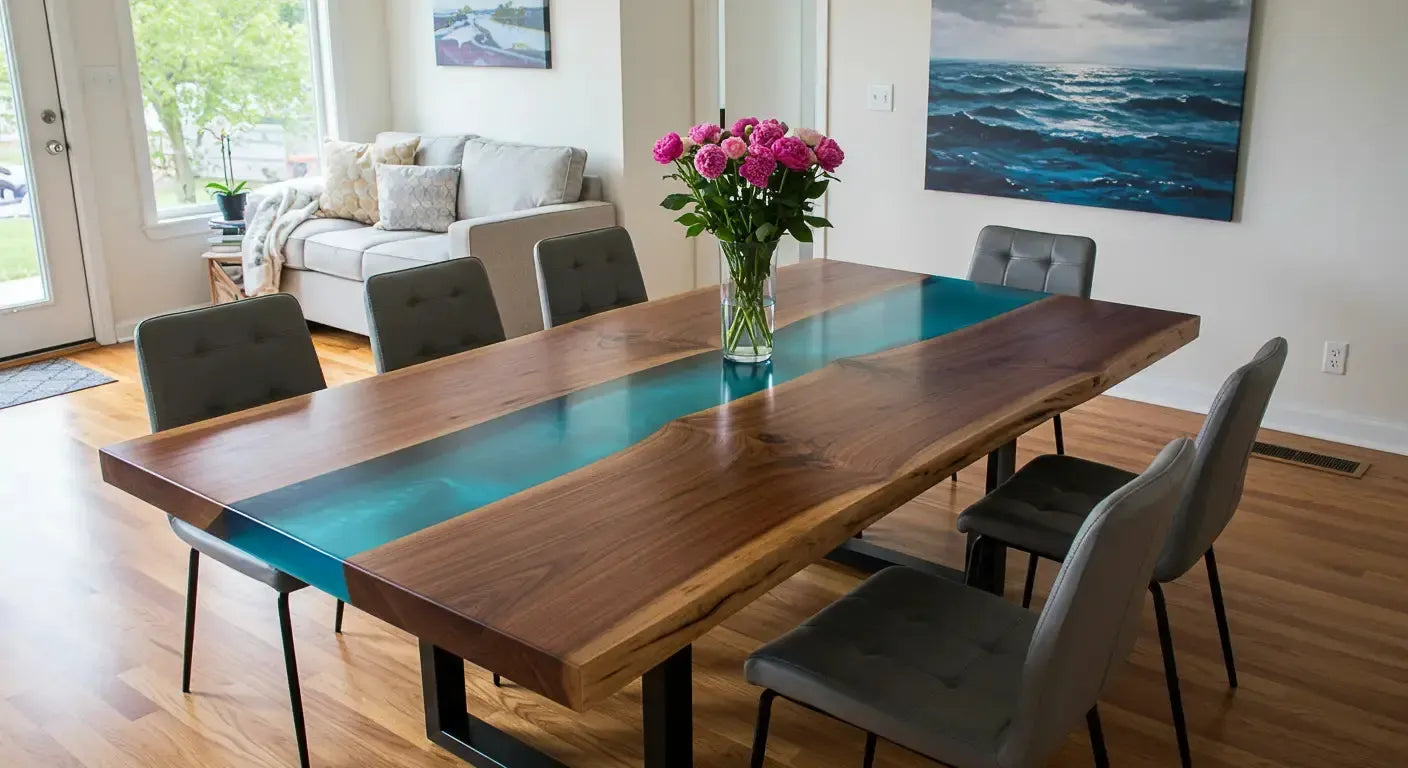
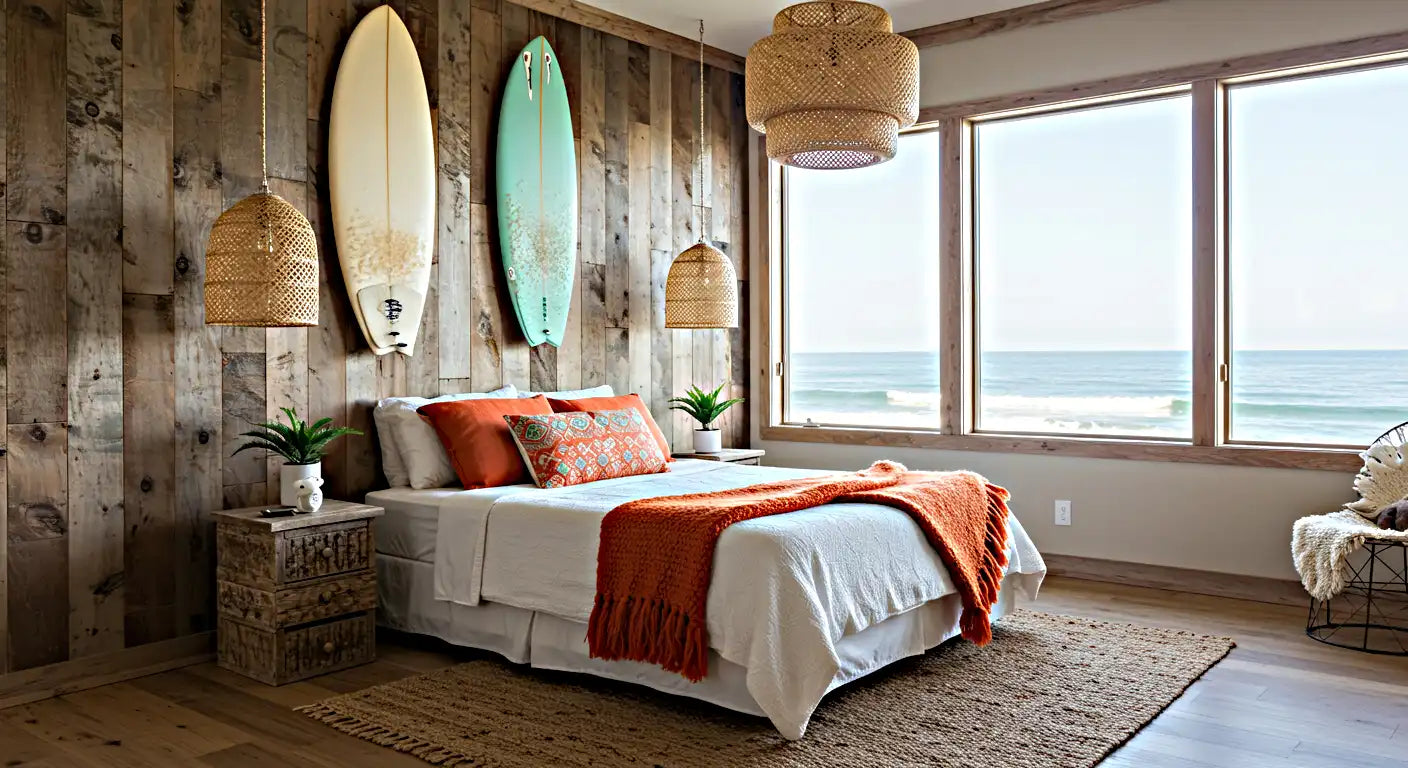
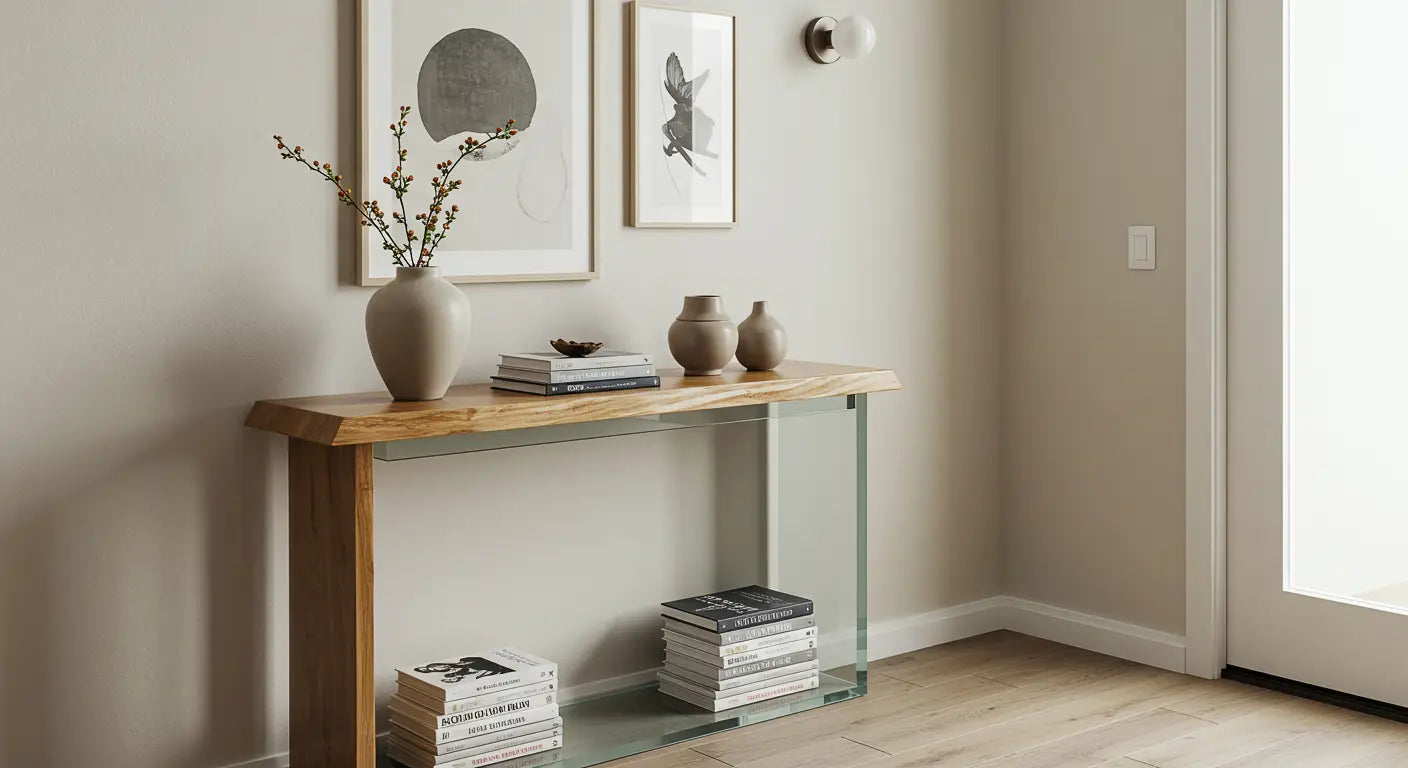
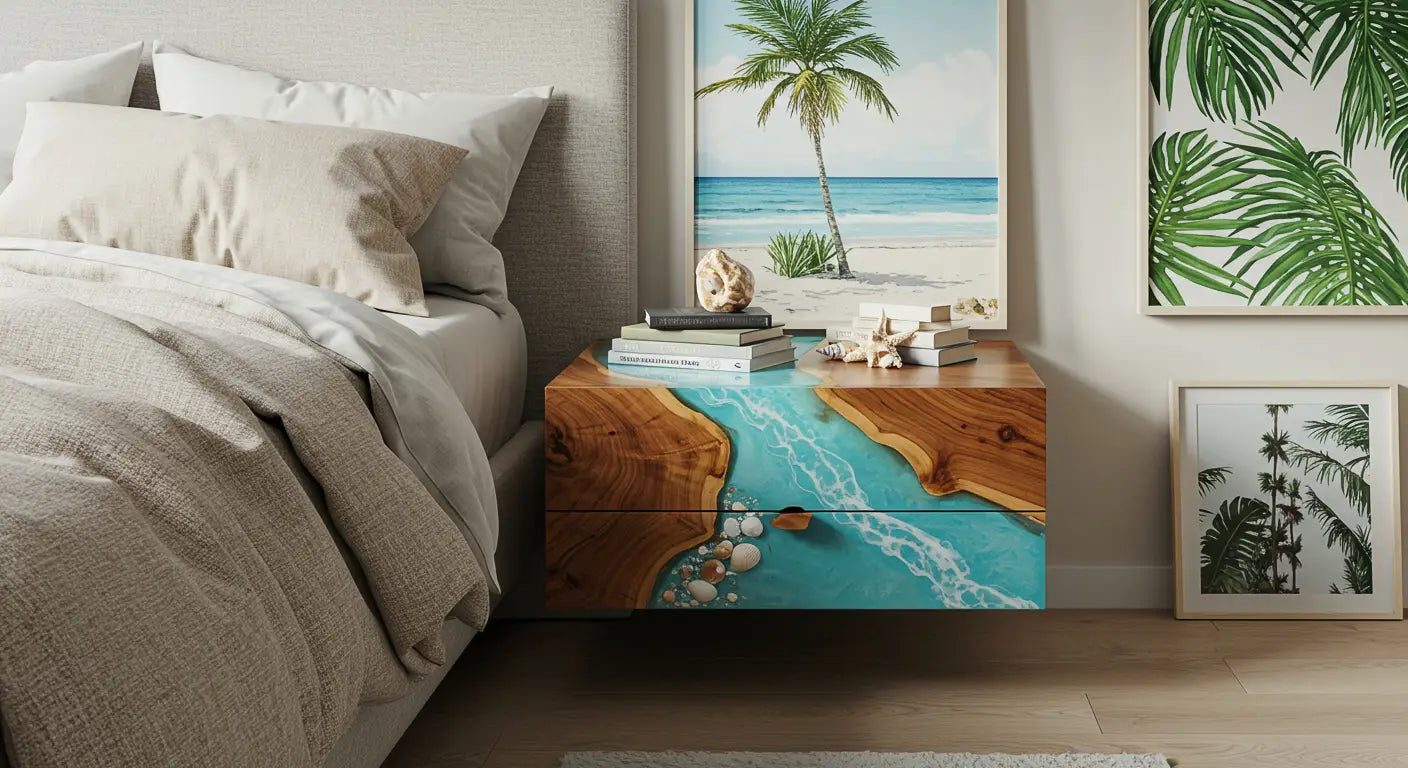
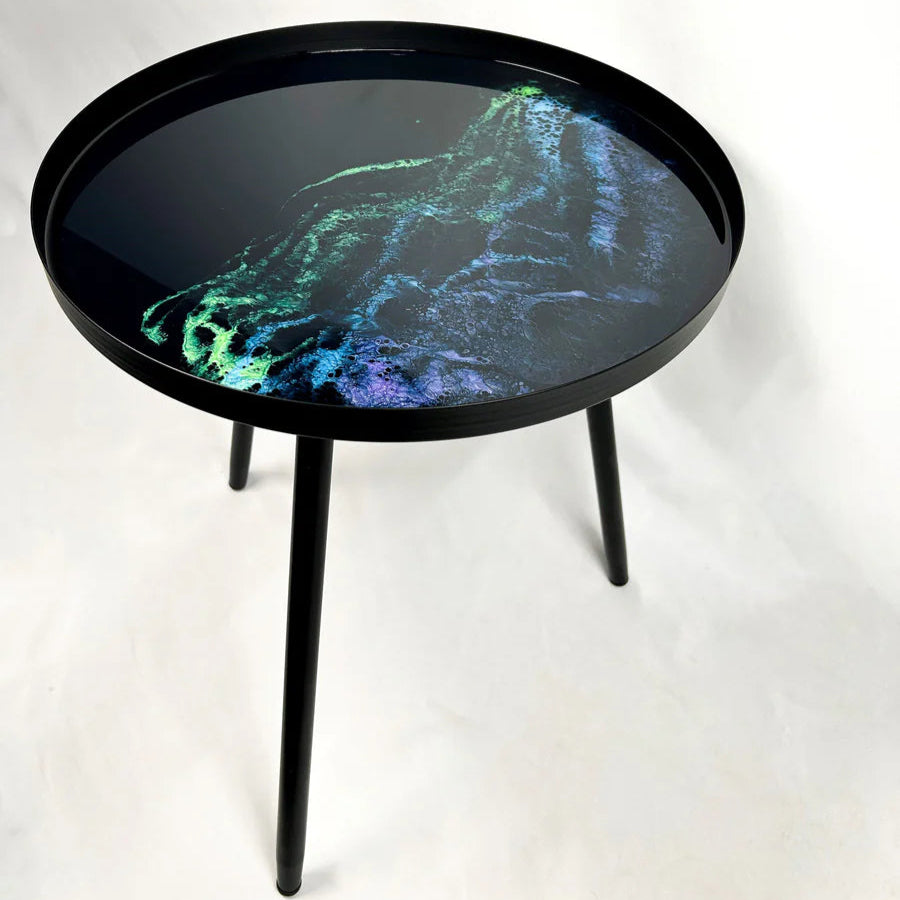
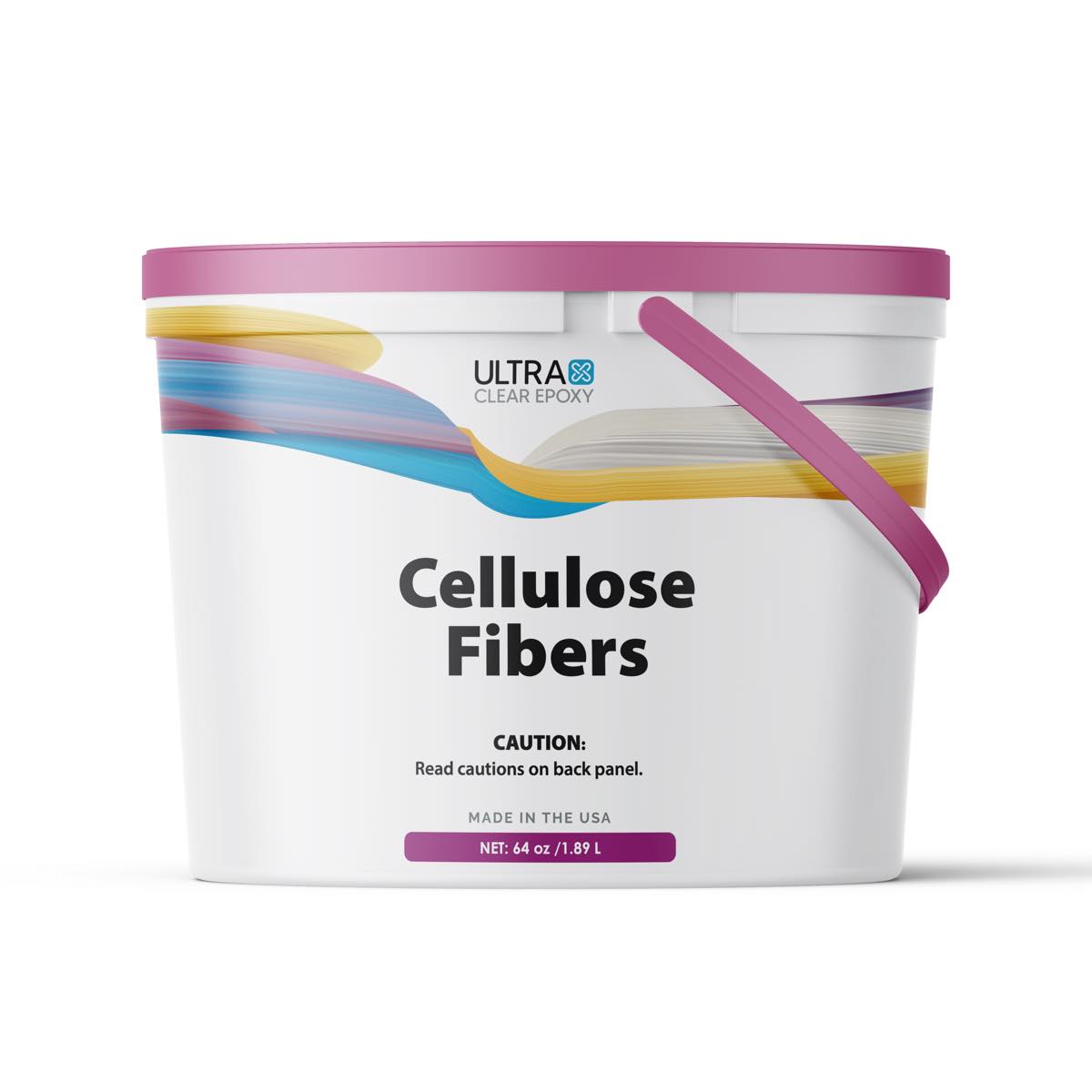
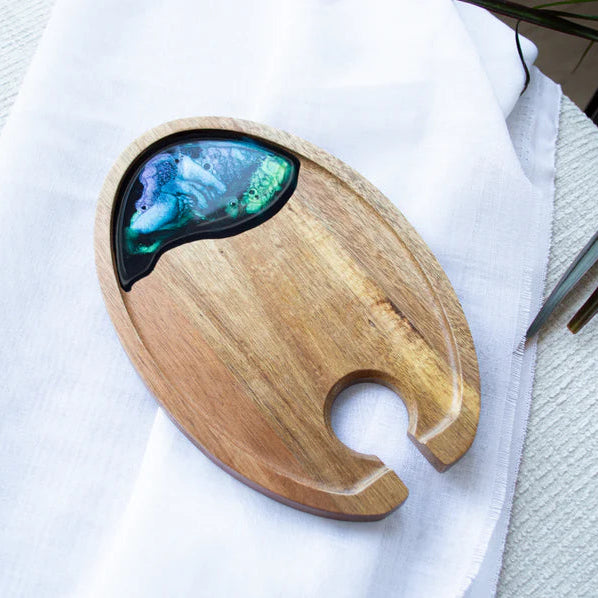
Share: